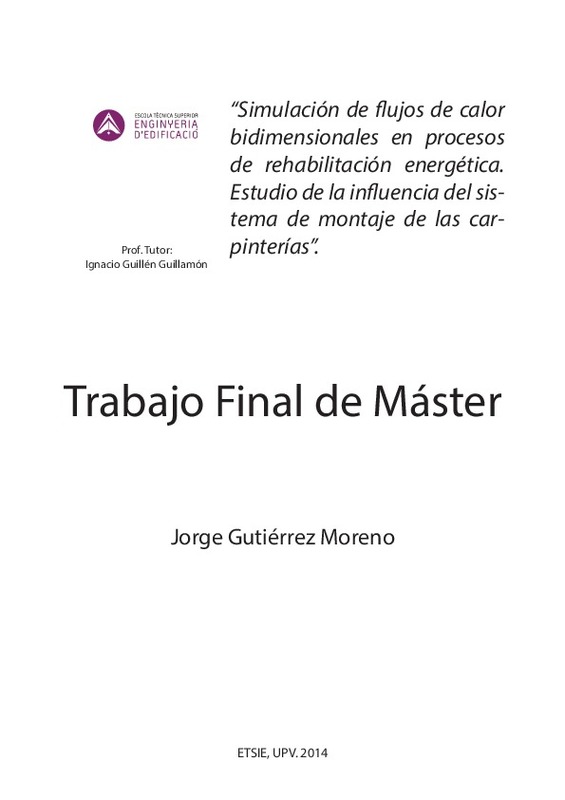JavaScript is disabled for your browser. Some features of this site may not work without it.
Buscar en RiuNet
Listar
Mi cuenta
Estadísticas
Ayuda RiuNet
Admin. UPV
Simulación de flujos de calor bidimensionales en procesos de rehabilitación energética. Estudio de la influencia del sistema de montaje de las carpinterías
Mostrar el registro completo del ítem
Gutiérrez Moreno, J. (2014). Simulación de flujos de calor bidimensionales en procesos de rehabilitación energética. Estudio de la influencia del sistema de montaje de las carpinterías. http://hdl.handle.net/10251/49005.
Por favor, use este identificador para citar o enlazar este ítem: http://hdl.handle.net/10251/49005
Ficheros en el ítem
Metadatos del ítem
| Título: | Simulación de flujos de calor bidimensionales en procesos de rehabilitación energética. Estudio de la influencia del sistema de montaje de las carpinterías | |||
| Autor: | Gutiérrez Moreno, Jorge | |||
| Director(es): | ||||
| Entidad UPV: |
|
|||
| Fecha acto/lectura: |
|
|||
| Resumen: |
[ES] El presente Trabajo Final de Máster pretende encontrar y cuantificar los puentes térmicos entre los distintos elementos que conforman las carpinterías y los cerramientos donde éstas se asientan, con un propósito de ...[+]
[EN] This Master Thesis aims to locate and quantify the building’s thermal bridges among the carpentries and enclosures' elements, with the purpose of achieving improvements in the area of buildings refurbishment. For this ...[+]
|
|||
| Palabras clave: |
|
|||
| Derechos de uso: | Reconocimiento - No comercial - Sin obra derivada (by-nc-nd) | |||
| Editorial: |
|
|||
| Titulación: |
|
|||
| Tipo: |
|
recommendations
Este ítem aparece en la(s) siguiente(s) colección(ones)
-
ETSIE - Trabajos académicos [2383]
Escuela Técnica Superior de Ingenieria de Edificación







